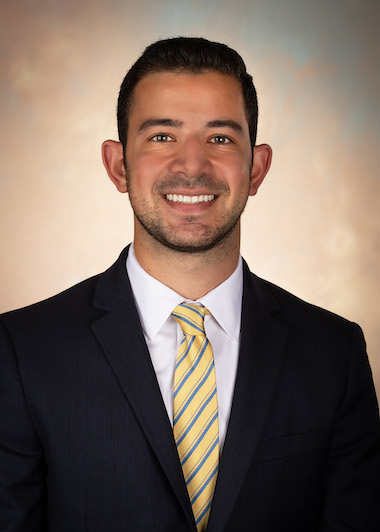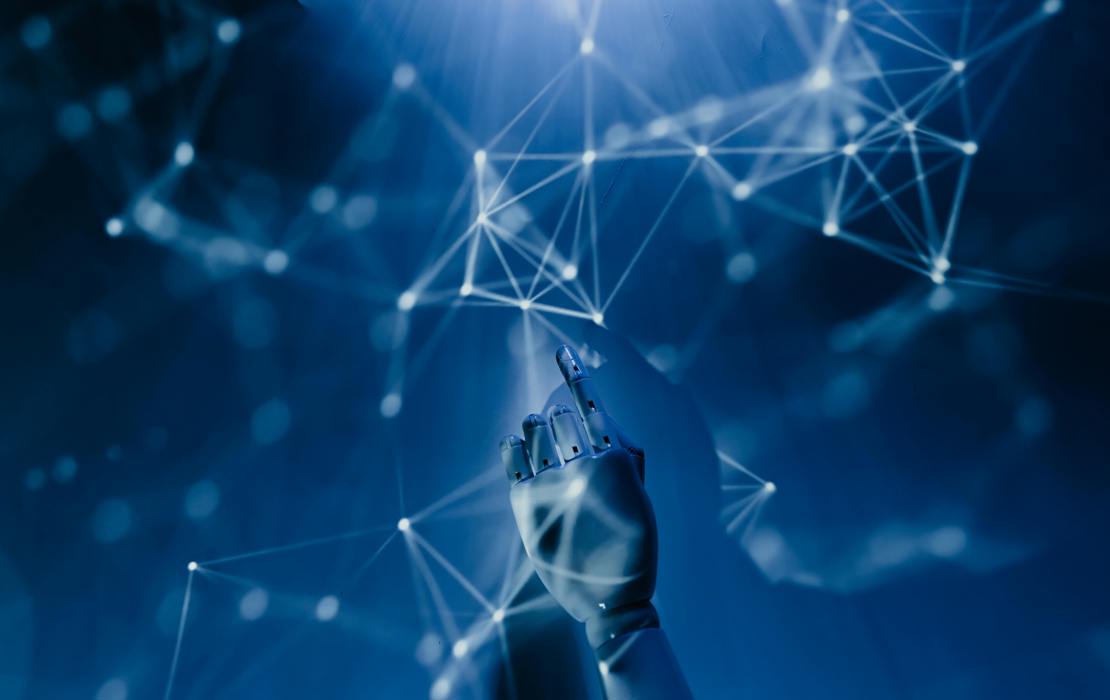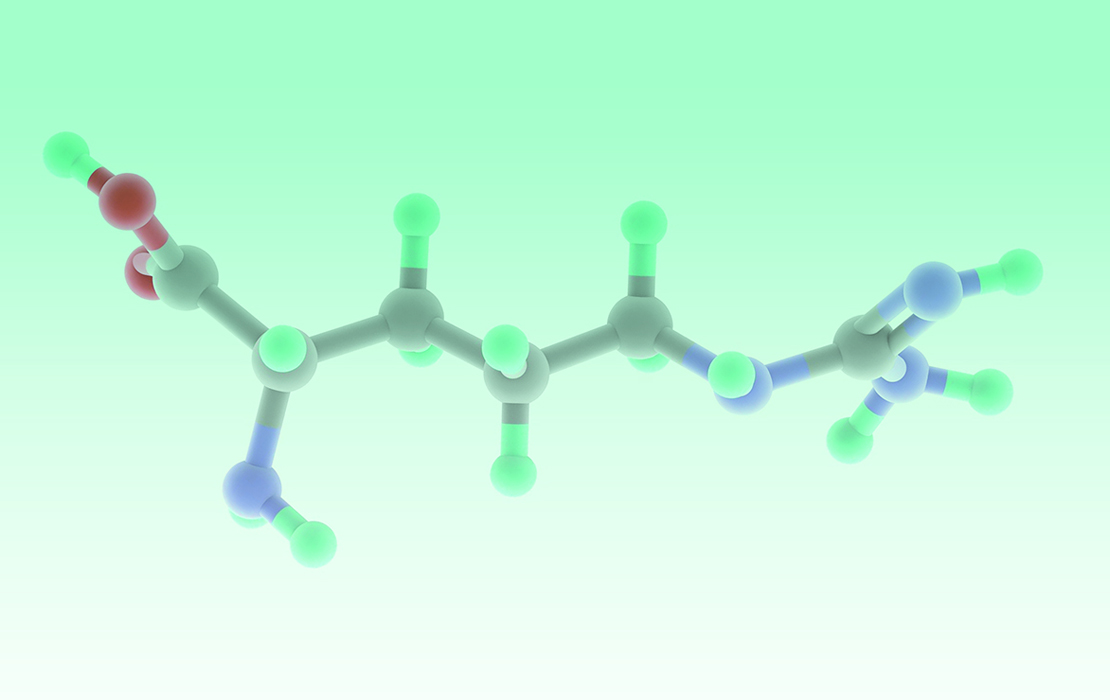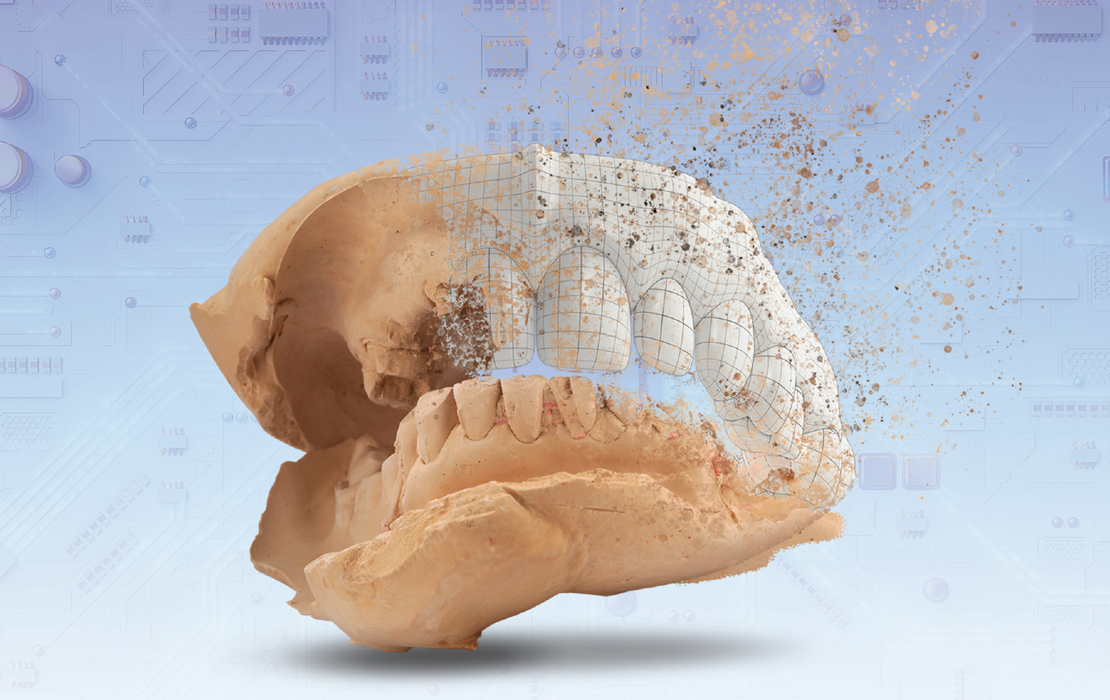Michigan dentist redefines what’s possible for deaf dentists
Dr. Joseph Samona advocates for greater inclusion in oral health care

For Joseph Samona, D.D.S., dentistry is more than a profession — it’s a personal calling shaped by his experience growing up deaf in the Detroit area. Born with bilateral profound hearing loss, Dr. Samona learned to navigate a world not built for him, eventually earning his dental degree and becoming an advocate for accessibility within oral health care.
Dr. Samona grew up orally, relying on lip reading and speech, and didn’t become fluent in American Sign Language, or ASL, until high school. He completed his dental degree at the University of Michigan School of Dentistry, followed by an Advanced Education in General Dentistry residency in San Antonio.
Now back in his hometown, he’s breaking barriers in the dental field one smile at a time. The New Dentist News talked with Dr. Samona to learn more about his journey, the challenges he’s overcome and his vision for a more inclusive future in dentistry.
Why did you decide to pursue dentistry?
Growing up, the first thing I noticed about people was their smile. A person’s smile and teeth had a major impact on my ability to communicate with them. People who were shy or insecure about their teeth often avoided smiling or covered their mouths, which made it harder for me to read their lips. On the other hand, people who were confident in their smiles were more expressive making it easier for me to read their lips.
I’ve always wanted to help people gain confidence in their smiles and improve their oral health. Dentistry is also a perfect blend of everything I love — art, science, engineering and helping others. It allows me to use my hands, think creatively and make a lasting difference in people’s lives.
What challenges have you faced as a deaf dental student and dentist?
As a deaf dental student, two of the biggest challenges I faced were raising awareness in the dental community and working effectively with interpreters. Dental terminology is highly specialized, and many terms don’t have existing signs in ASL. I often had to create signs and work closely with my interpreting team to ensure accurate communication.
Because I was the only deaf student for much of dental school, I took the initiative to educate faculty, classmates and staff on how to work with a deaf provider. That included explaining the importance of eye contact, speaking clearly and sharing information visually before performing procedures.
As a practicing dentist, I continue to face challenges, but they’re different. I now train my dental assistants and hygienists in basic ASL and communication strategies. Teamwork is critical in dentistry, and clear communication is essential. I also use tools like The Communicator, a clear-window mask that allows for lip reading and facial cues, especially during surgical procedures.
These experiences have helped me become a more effective communicator and a better patient advocate.
How can the dental profession be more welcoming to deaf dentists?
The dental profession can be more inclusive by offering cultural competency training focused on Deaf culture and communication. Faculty, staff and practitioners should be educated on how to effectively work with deaf dentists and deaf patients.
Highlighting and amplifying the voices of deaf dentists through articles, interviews, conference panels and mentorship programs can help inspire younger generations to consider careers in dentistry.
Institutions and organizations should also ensure that educational and professional environments are accessible. That includes offering interpreters or captioning services, supporting policy changes that promote inclusivity and providing scholarships or funding to reduce financial barriers.
One of the biggest obstacles deaf individuals face in entering the profession is a lack of confidence working with hearing patients and access to accommodations in school or workspaces. The profession must actively work to remove those barriers.
What should hearing dentists know about treating deaf patients?
Hearing dentists should educate themselves on Deaf culture and communication preferences. Every deaf patient is different. Some use sign language; others may prefer lip reading, writing or speaking verbally. Always ask the patient what communication method works best for them.
If a deaf patient requests an interpreter, do your best to accommodate them and understand that this is their legal right under the Americans with Disabilities Act. Respect their autonomy, maintain eye contact and speak directly to the patient, not the interpreter.
How do you practice self-care and wellness outside of work?
Self-care is a big part of how I maintain balance and avoid burnout. I stick to a regular workout routine and enjoy staying active through pickleball, golf, hiking and travel. These activities help me recharge mentally and physically. Spending quality time with friends and family is also essential for me. It reminds me why I do what I do and keeps me grounded.



